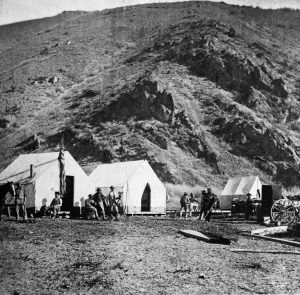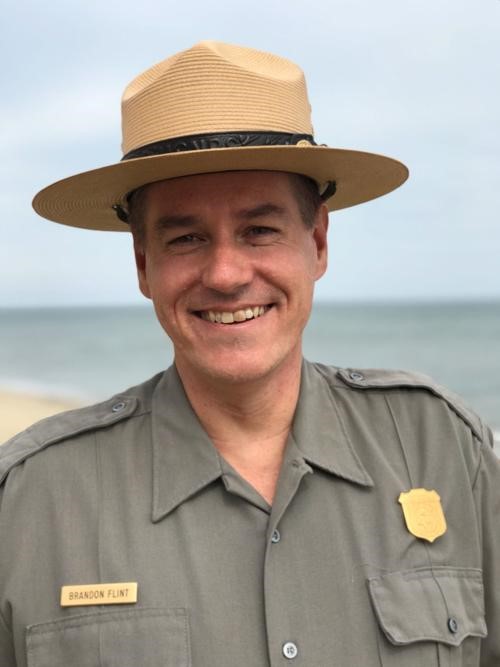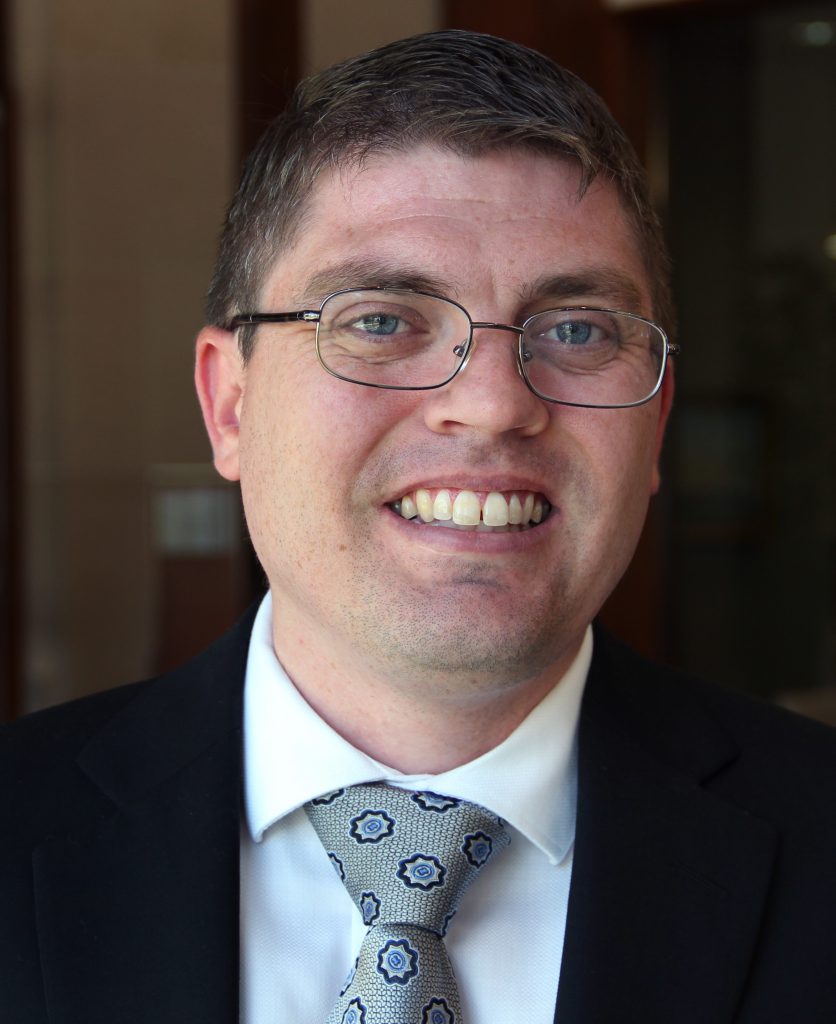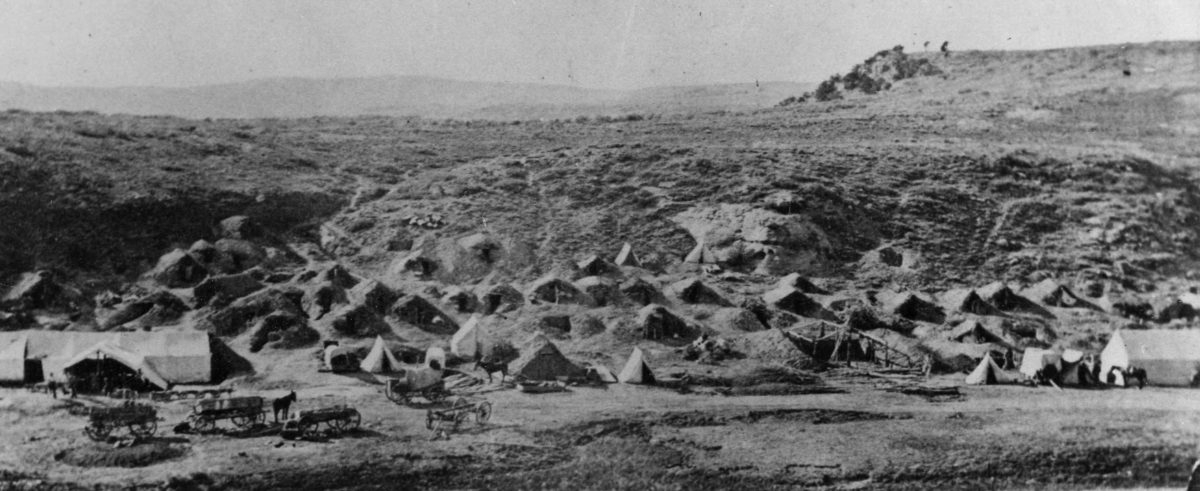June 28, 2021 (Season 3, Episode 6: 59 minutes). Click here for the BuzzSprout version of this Speak Your Piece episode. The above image is of a Mormon grader camp in Echo Canyon, Summit County, circa 1869, captured by photographer Charles R. Savage. The Union Pacific Railway contracted with Brigham Young, who then established contractor companies, who then hired thousands of laborers from across central and northern Utah, to grade (cut, fill and tunnel) through the Utah Territory; thereafter other UP and CP workers laid down the track. Courtesy of Classified Photograph Collection, Utah State Historical Society.
On this 24th of July (Utah’s Pioneer Day) the Golden Spike National Historical Park is inaugurating an annual event to celebrate and recognize the Mormon contribution to the world’s first transcontinental railroad. Listen to the episode of Speak Your Piece, then start a new Utah Pioneer Day tradition by going to Promontory Summit to hike, see the railroad grades, and to experience the story of the “Mormon graders.” Look into your family history, if you have Mormon ancestors living in central or northern Utah in the late 1860s, they may have worked on the world’s first transcontinental road.
In this episode, park superintendent Brandon Flint and LDS Church History Department historian Brett Dowdle, speak about this little known Mormon pioneer story, regarding Utah graders who worked in a scattered fashion from Humboldt Wells, Nevada to the Wyoming border, along with the Chinese and Irish immigrants, and Civil War veterans, building the transcontinental railroad.
Podcast Episode:

Fearing what Brigham Young described as a coming “swarms of scallywags,” and too, the well-publicized accounts of pop-up or “hell on wheel” towns, bringing violence, gambling, dance halls, saloons and brothels, the Mormons proposed their own workforce to perform the first half of the process: cutting, filling and tunneling the railroad’s grade. With the territory’s agricultural based economy in constant doldrums (this work met a dire need for hard currency), and optimistically hoping to manage all the changes coming with the national railroad, a couple thousand Mormons left their farms, ranches and shops, to live and work in the wilderness, to help build this most famous of American roads.

Brandon Flint is the NPS superintendent of the Golden Spike National Historical Park, located on the northern shore of the Great Salt Lake at Promontory Summit in Box Elder County. Prior to his appointment superintendent Flint was stationed at the Cape Cod National Seashore. He completed the NPS Bevinetto Fellowship which included a year working as a staff member in the House of Representatives’ Natural Resources Committee. Brandon spent ten years working for the NPS in Washington, D.C. Photo courtesy of the Ogden Standard-Examiner.

Dr. Brett D. Dowdle is a historian for the Church History Department (CHD), of the Church of Jesus Christ of Latter-day Saints. Brett has a PhD in American History from Texas Christian University, and in part, his doctoral dissertation addressing Brigham Young’s interaction with the railroad companies, and the creation of grader contracts with Union Pacific and Central Pacific. Brett is a volume editor for the Joseph Smith Papers Project at the CHD.
Additional Resources:
- Robert G. Athearn, “Contracting for the Union Pacific,” Utah Historical Quarterly, 1969 (Vol 37,No 1) This only speaks to contracted work performed by the Mormon graders for the UPRR, Mormon also worked for the Central Pacific Railway.
- Trent Toone, “12 facts Latter-day Saints should know about the golden spike for its 150th anniversary,” Church News, MAY 8, 2019
- “Utah’s Expanding Railroads and Salt Lake’s West Side (Post 9)” in the serial blog Salt Lake West Side Stories by Brad Westwood.
Do you have a question or comment? Write us at “ask a historian” – askahistorian@utah.gov

